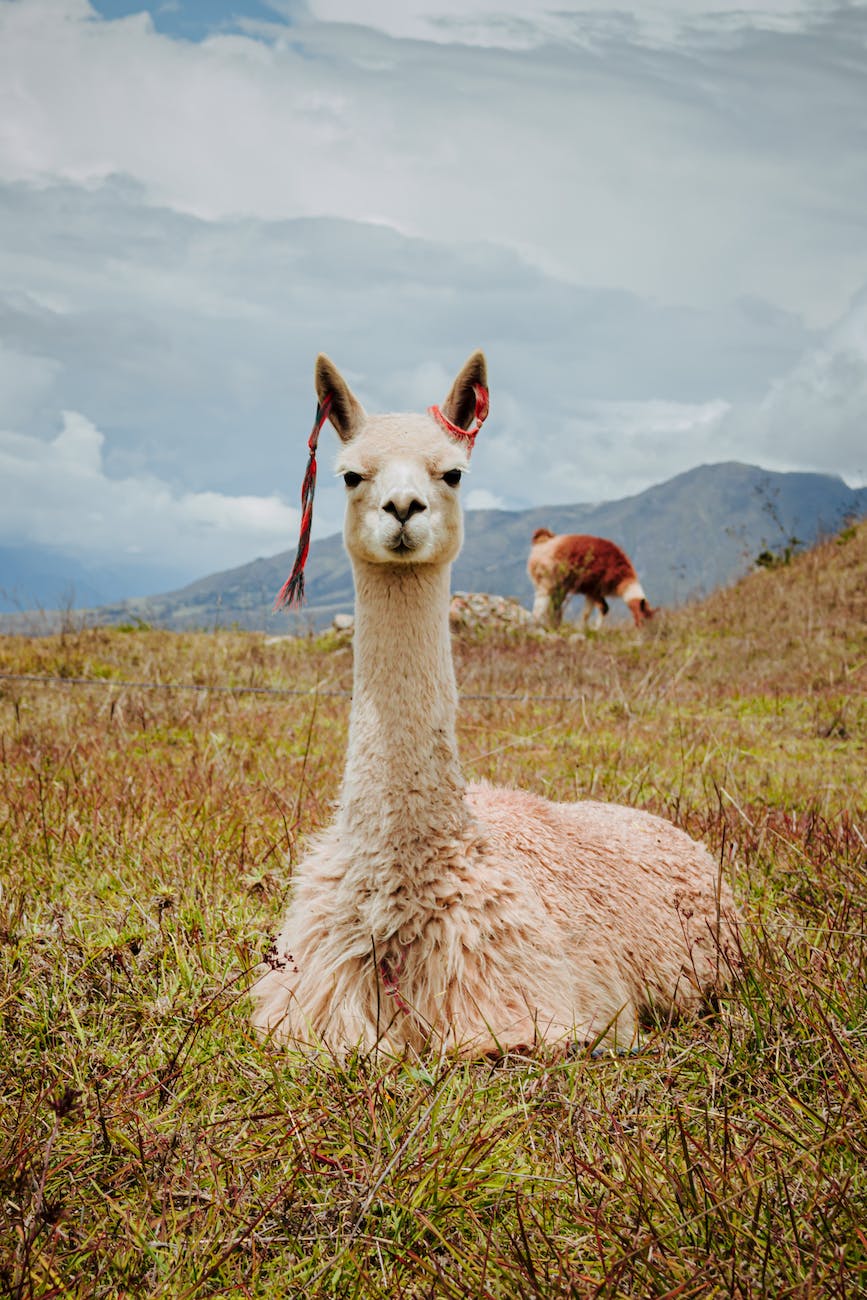knitting with natural fibers: exploring wool, alpaca, and more
Natural fibers offer a world of possibilities for knitters. From the soft, luxurious feel of merino wool to the crisp, cool linen, there’s a natural fiber for everyone.
In addition to their unique textures, natural fibers also have a number of other benefits. For example, merino wool is naturally water-resistant and odor-resistant, making it a great choice for socks and other garments that will be exposed to the elements. Alpaca is another great choice for cold-weather wear, as it is naturally warm and soft.
Linen is a great choice for summer garments, as it is naturally cool and absorbent. Silk is a luxurious fiber that is often used for special occasion garments.
When choosing a natural fiber, it is important to consider the properties of the fiber and how they will be used. For example, if you are looking for a fiber that is warm and soft, merino wool or alpaca would be a good choice. If you are looking for a fiber that is cool and absorbent, linen would be a good choice.
It is also important to consider the sustainability of the fiber. Many natural fibers are produced in a sustainable way, which is important for those who are concerned about the environment.
With so many different natural fibers to choose from, there is sure to be a fiber that is perfect for you. So next time you are looking for a new knitting project, consider using a natural fiber. You won’t be disappointed!
Here are some additional benefits of natural fibers:
- They are often hypoallergenic, making them a good choice for people with allergies.
- They are naturally breathable, which can help to regulate body temperature.
- They are often stronger and more durable than synthetic fibers.
- They have a natural luster and sheen that can add beauty to your knitting.
If you are looking for a sustainable and luxurious knitting experience, natural fibers are a great choice. With so many different fibers to choose from, you are sure to find one that is perfect for you.
Benefits of Natural Yarns
Sustainable resources – Biodegradable and renewable when sourced ethically. Avoid plastics.
Superb insulation – Natural hollow fibers and crimp trap warmth efficiently.
Comfort and softness – Gentle next-to-skin textures, breathability. Avoid scratchy synthetics.
Color absorption – Fibers take saturated, lasting dye colors beautifully. Vibrance.
Versatility – Each fiber suits specific purposes – next-to-skin or outerwear, gossamer to bulky.
Global artisan support – Buying natural yarns aids small farms and families practicing traditional textile crafts.
Coziness and luxury – Natural indulgence enhances relaxation and creative reward.
Popular Natural Yarn Types
Wool – Breathable, insulating, durable. Sheep’s wool includes Merino, Rambouillet, Romney breeds. Also yak, qiviut, camel hair.
Alpaca – Soft as cashmere, warmer than sheep wool. Lacking crimp, it drapes well for lacy stitches. Gentle feel.
Angora – Fluffy, lustrous, and extremely warm. Bunny fur fiber requires gentle handling. Best blended. Prone to shedding and felting.
Cotton – Cool, comfortable staple fiber. Lacks elasticity unless blended. Widely available.
Linen – Made from flax. Absorbs moisture well. Provides stiff woven texture when less processed.
Silk – Luxurious, super shine and drape. Lightweight. Ideal for accessories and accents.
Bamboo – Eco-friendly fiber is antimicrobial, very soft. Rayon made from bamboo pulp reduces waste.
Hemp – Durable, textured. Requires no pesticides to grow. Absorbs dye easily.
Working with Natural Yarn Properties
Sample fiber characteristics by swatching before committing to large projects. Test blocking, washing, and wear.
Check yardage to ensure adequate skeins. Natural fibers often come in smaller put-ups.
Substitute needle materials if points catch – try ceramic, resin-coated metal.
Expect some shedding initially. Pilling also common with soft fuzzy fibers. Gentle care reduces this.
Use conditioner formulated for each fiber to protect investment pieces over time.
Knitting with natural fibers is a rewarding experience that can produce beautiful and functional garments. With so many different natural fibers to choose from, there is sure to be one that is perfect for you.
When choosing a natural fiber, it is important to consider the properties of the fiber and how it will be used. For example, if you are looking for a fiber that is warm and soft, merino wool or alpaca would be a good choice. If you are looking for a fiber that is cool and absorbent, linen would be a good choice.
It is also important to consider the sustainability of the fiber. Many natural fibers are produced in a sustainable way, which is important for those who are concerned about the environment.
With so many different natural fibers to choose from, there is sure to be a fiber that is perfect for you. So next time you are looking for a new knitting project, consider using a natural fiber. You won’t be disappointed!
Here are some additional tips for knitting with natural fibers:
- Sample fiber characteristics by swatching before committing to large projects. Test blocking, washing, and wear.
- Check yardage to ensure adequate skeins. Natural fibers often come in smaller put-ups.
- Substitute needle materials if points catch – try ceramic, resin-coated metal.
- Expect some shedding initially. Pilling also common with soft fuzzy fibers. Gentle care reduces this.
- Use conditioner formulated for each fiber to protect investment pieces over time.
With a little planning and effort, you can create beautiful and functional garments that will keep you warm and stylish all season long.
